Container garden pots and urns come in all kinds of sizes, materials and styles. They are great for grouping together. Raise them to varying degrees of height by using pillars, blocks, bricks or stands.
Grouping containers can be effective – for display and practicality.
A grouping of three or five pots can create a nice corner. Line them up and they act as a barrier or wall.
One well placed container can be effective too.
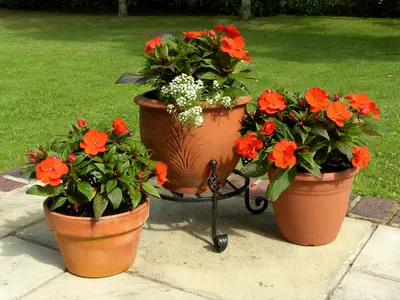 Grouping pots makes a nice presentation. Use pots that have at least one common characterisitc – shape, color, material, etc.
Grouping pots makes a nice presentation. Use pots that have at least one common characterisitc – shape, color, material, etc.
Grouping single-plant containers together allows you to combine plants that don’t share the same requirements for moisture, pH and fertilizer. It aids in watering, shelters plants from the wind and helps reduce evaporation.
You can hang container garden pots too
Container garden pots can be hung, just like baskets or boxes. Inexpensive hooks like the ones on the left bring the pots up to a level where they can be seen better and are more accessible for care. This is especially important in small areas, like balconies, where floor space is at a minimum.
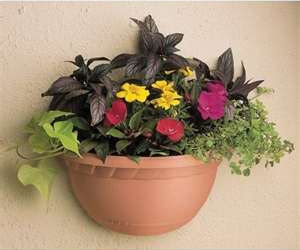
Half-pots and urns can also be purchased that have one flat side. These are also nice for areas where it’s better to use some wall space rather than use up the floor space. Hang these flat-sided container garden pots on long expanses of blank fencing or walls to break up that space and add color and interest.
Because they are generally small, these planters will need frequent watering but they can create lovely displays especially when hung in groups.
Urns – a more formal look
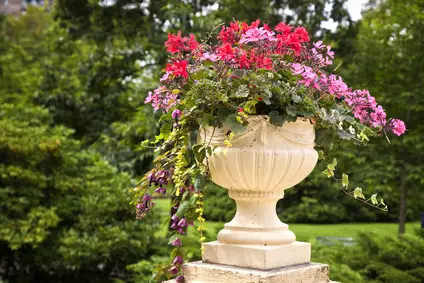
Urns are generally more ornate and have a more formal, classic style. They are often used as a point of focus in garden areas. A ceramic or resin urn has a modern look, while antique styles in concrete have a weathered look for a more classic style
A beautiful, curvy urn makes a display like this that much more effective. The curves of the container along with arching grasses reinforce this dramatic look. These same plants would not have nearly as much impact if they were planted in a plain round pot.
If you can’t afford a large urn, stack several concrete blocks and set a large pot on top. Make sure the ground under the blocks is level for stability. Hide the blocks by placing other potted plants in front of them or use vining or trailing plants to camouflage them.
Compare materials of containers
Compare materials when choosing container garden pots. Which are best for you? Garden containers come in a wide array of materials. There are advantages and disadvantages to each. Let’s compare:
|
Terracotta
|
|
Ceramic
|
|
Fiberglass or Resin
|
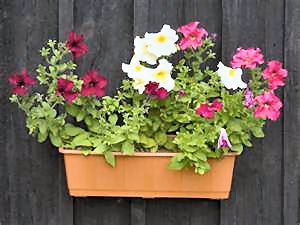 |
Plastic
|
Plastic container garden pots can overheat roots in direct sun. Place the pot in a second container, called double potting. It will be shielded from sunlight. Double potting is also good when you have a decorate pot with no holes. Put a little gravel in its bottom, set in the planted pot and then tip the excess water out frequently.
|
Concrete
|
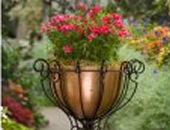 |
Metal
|
Cast iron planters are beautiful and built to last forever. Once you place them, you don’t want to have to move them. If you want to use made of cast-iron that doesn’t have a drainage hole, use it as a cache pot. Plant in a plastic container will fit inside. Layer the bottom the cast iron container with gravel and set the lighter pot on top of it.
Metal containers, especially wrought iron, can be expensive, but they are so pretty in terms of charm and that antique look. Watch for these at auctions, flea markets or estate sales. They will last forever.
Return from Container Garden Pots to Plant Containers
Return Home enjoycontainergardening.com



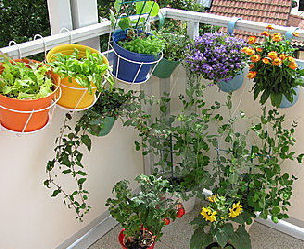
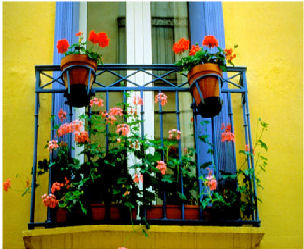
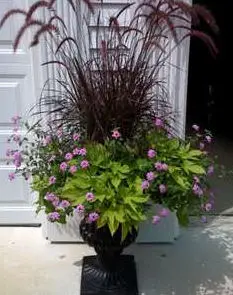
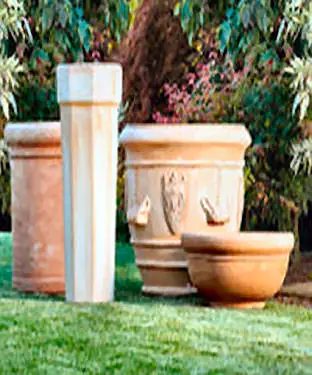
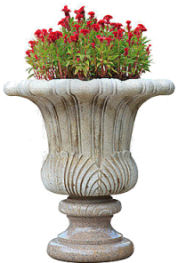
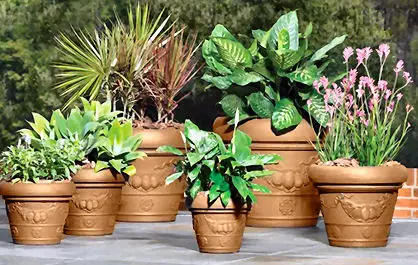
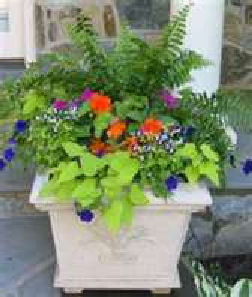












New! Comments
Please leave me a comment and let me know if you like what you see here and if the information is helpful. Thanks.